We are somehow now into the spring season, and while cinemas have been a tad dull (minus a few gems like Love Lies Bleeding, Drive-Away Dolls, and Dune: Part Two), noteworthy new books have arrived at a frantic pace. Here are some that should be on your radar, and please note that our next column will include, among other treats, a lengthy rundown of recent noteworthy novels.
The Art and Soul of Dune: Part Two by Tanya LaPointe with Stefanie Broos (Insight Editions)
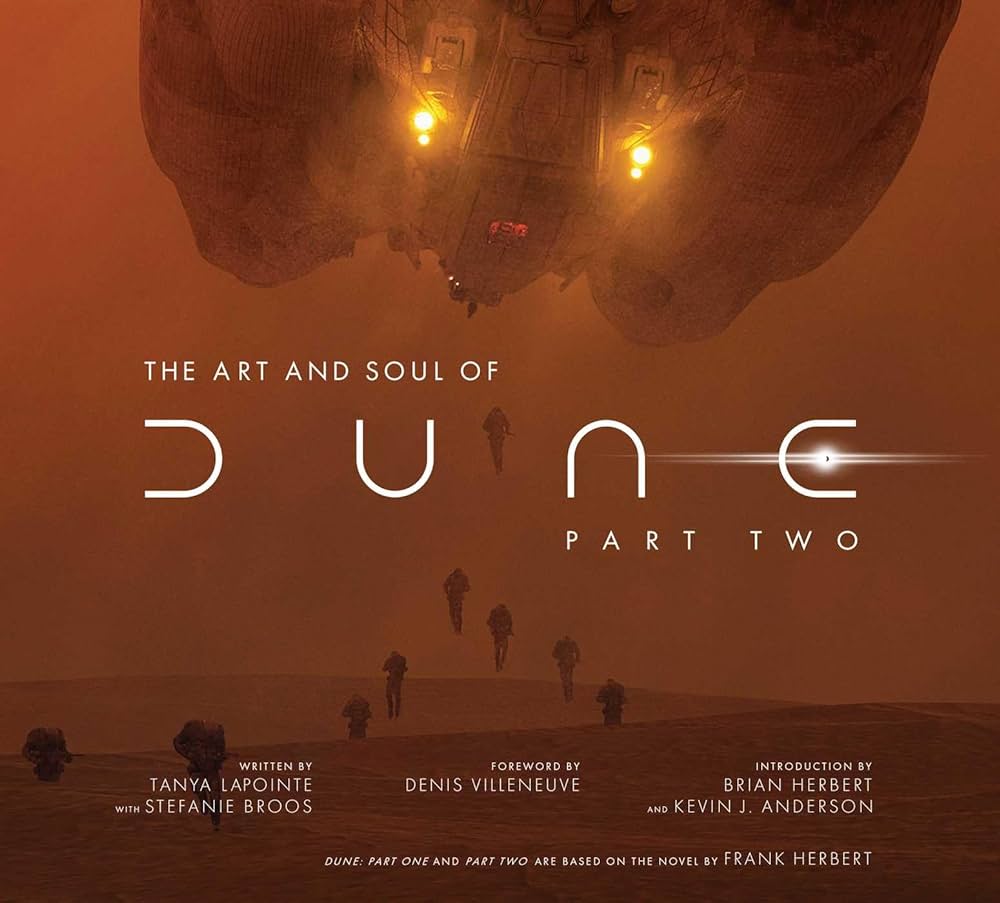
Dune: Part One, the first of Denis Villeneuve’s adaptations of Frank Herbert’s sci-fi classic, spawned a handful of painstakingly crafted, info-packed hardcover books. The Art and Soul of Dune: Part Two takes the same approach that made these earlier texts so satisfying. Tanya LaPointe was on set every day, and her accounts of the pre-production, production, and post-production processes are captivating. The designs of Geidi Prime are standouts and supplemented with quotes like the following, from production designer Patrice Vermette: “The design for Lady Fenring’s guest bedroom was inspired by the idea of an egg held between the legs of a spider.” (Now, how was Feyd going to say no to that?) Above all else, The Art and Soul shows the great care that went into every decision involved with Villeneuve’s blockbuster. Seeing Dune: Part Two in cinemas led me back to Herbert, specifically a re-read of Dune (Ace), now available in a movie tie-in edition, and then, for the first time, Dune Messiah (Ace). This “deluxe edition” features a stamped case, a poster on the interior of the jacket, and an introduction by Brian Herbert; the latter also contributed an afterword to the movie tie-in release of Dune.
50 Oscar Nights: Iconic Stars & Filmmakers on Their Career-Defining Wins (Turner Classic Movies) by Dave Karger (Running Press)
The recent Academy Awards was the finest in years, thanks to a surprisingly brisk pace, some solid laughs (from John Mulaney, Kate McKinnon, and a game John Cena), and moments of genuine emotion, especially as first-time recipients like Da’Vine Joy Randolph accepted their awards. Released just before the ceremony, Dave Karger’s 50 Oscar Nights offers a wonderful roundup of some of the most memorable wins from past years. The book is full of delights, as well as some unsurprisingly grim accounts of Hollywood a-holes (such as a jealous Burt Reynolds treating then-girlfriend Sally Field like trash during her Norma Rae campaign). Smartly, Karger allows the victors to share their stories in first-person, making for a dishy yet intensely personal account of what it’s like to be honored by one’s peers in front of a worldwide audience.
Neon Knight Forever: The Legacy of Joel Schumacher’s Batman Duology by Tomasz Zaglewski (Bloomsbury Academic)
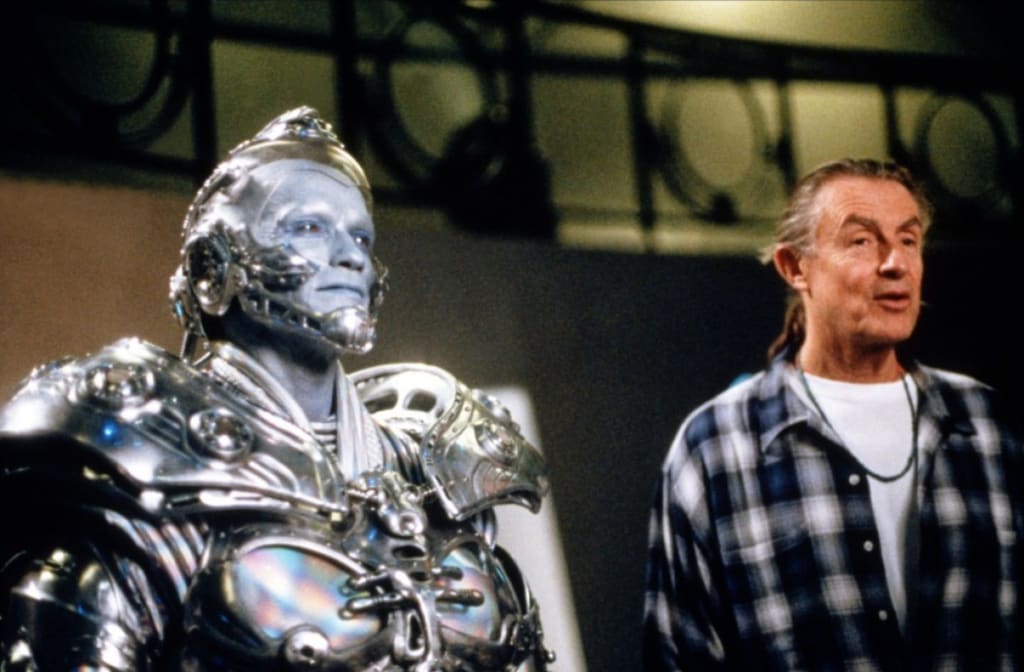
The reassessments of Joel Schumacher’s Batman Forever and Batman & Robin have been underway for some time, highlighted by the ever-trending #ReleaseTheSchumacherCut campaign on Twitter. The release of Neon Knight Forever might be the most important step yet. Author Tomasz Zaglewski adroitly and passionately traces why Schumacher’s post-Burton vision was so poorly received (at least, with Batman & Robin), how the “Batman has nipples” discourse has finally run out of steam, and why these flawed but deliriously bold films are worthy of respect. Zaglewski theorizes that the figure of the “Neon Knight”––“a rival category capable of describing Batman’s characteristics alongside other commonly known designations such as the Dark Knight, Camp Knight, or Cute Knight”––had a surprisingly impactful legacy: “[T]he Neon Knight left an imprint on more essential ingredients of the modern spectacles such as Guardians of the Galaxy and The Batman. These aesthetically post-neon features appear to follow in the trespassing footsteps of Schumacher, going against the expectations nurtured by the erstwhile formula of the superhero story.”
Hits, Flops, and Other Illusions: My Fortysomething Years in Hollywood by Ed Zwick (Gallery Books)
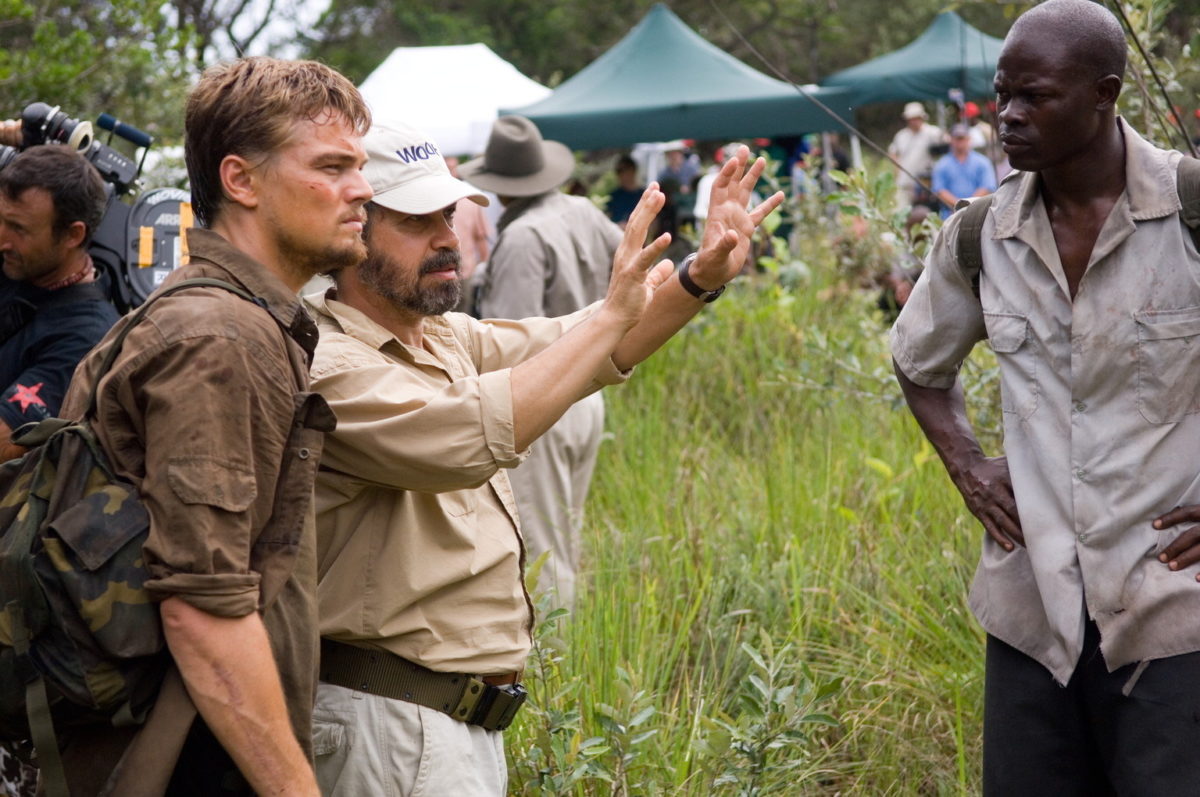
Writer-producer-director Ed Zwick has had a uniquely varied career––successes in television (thirtysomething, My So-Called Life) and film (Glory, The Last Samurai), along with battles with the likes of Harvey Weinstein and Matthew Broderick’s mom (you read that correctly). Highs and lows are documented with genuine, compelling honesty in his memoir Hits, Flops, and Other Illusions. The book certainly qualifies as one of the more memorable personal accounts of surviving Hollywood in recent years. Zwick’s analysis of his work is wise and self-deprecating (on Samurai: “It wasn’t Lawrence of Arabia, but we tried”), and he pulls no punches when it comes to dealing with the volatile personalities of the film biz. Though some of it is sad, other moments are very, very funny. My favorite? The words of Julia Roberts when she was attached to star in, and Zwick was to direct, Shakespeare in Love. Roberts felt Daniel Day-Lewis was the only actor who could pull off the title role, but as Zwick explained, the actor was already committed to In the Name of the Father. “‘I know,’ she said, brushing my objection aside. ‘I can get him to do it.’” To learn what happened next, pick up Hits, Flops, and Other Illusions.
The volatile and tragic love of Liz Taylor and Richard Burton
Those of us who were not alive during the hot, heavy, combustible marriage(s) of Elizabeth Taylor-Richard Burton will never quite grasp the couple’s immense cultural impact. However, it is much easier to understand after reading two new books that cover the love of Liz and Dick. Philip Gefter’s Cocktails with George and Martha: Movies, Marriage, and the Making of Who’s Afraid of Virginia Woolf? (Bloomsbury Publishing) specifically explores the making of Mike Nichols’ Who’s Afraid of Virginia Woolf? There is more to the story than the couple––Gefter spends significant time on playwright Edward Albee, screenwriter Ernest Lehman, and the gifted Nichols. Still, the push-pull of the Taylor-Burton relationship hits hardest. As Gefter writes: “It was sometimes hard for the others in the room, including Nichols, to tell if they were witnessing the actors getting into character or simply watching the husband-and-wife dynamics of the Burtons’ real-life marriage.”
Just as essential as George and Martha is Roger Lewis’ Erotic Vagrancy: Everything About Richard Burton and Elizabeth Taylor (riverrun). Few biographies have been written with this level of intelligence and beauty; Lewis has a keen understanding of what Liz and Dick represent, and how their lives encompassed incredibly pleasurable highs and extreme lows. Consider this vivid, lovely writing, which comes near the end of Lewis’ 600-page masterpiece: “Burton and Taylor: we can only watch such figures at a distance. We can’t emulate their behavior. They are dream images, light and matter in conjunction.”
Kubrick: An Odyssey by Robert P. Kolker and Nathan Abrams (Pegasus Books)
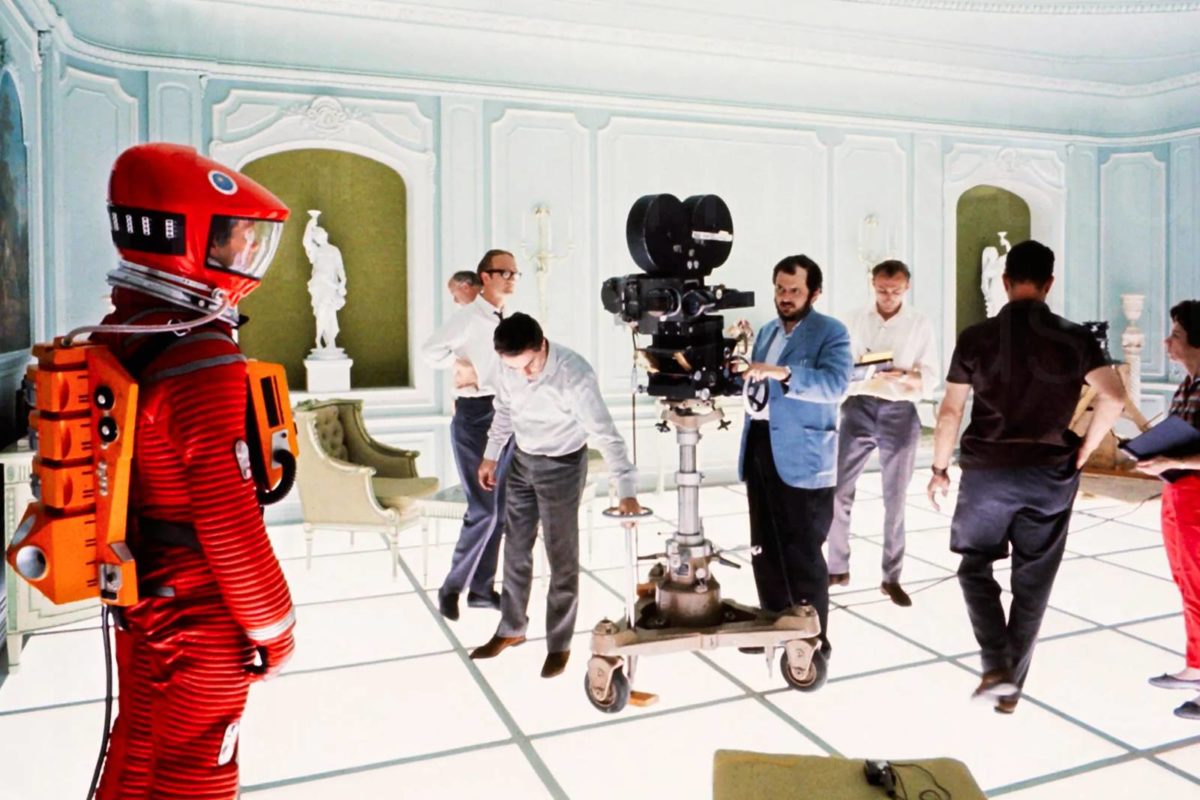
There have been many exceptional books about the life and films of Stanley Kubrick over the last few decades; one of the best was Eyes Wide Shut: Stanley Kubrick and the Making of His Final Film by Robert P. Kolker and Nathan Abrams. Kolker and Abrams have returned to the mighty Stanley K. with Kubrick: An Odyssey, and this is the exhaustive, doorstop-sized Kubrick bio fans have been coveting. It covers the entirety of the master filmmaker’s life, from the Bronx to Hertfordshire, with scores of new details and insights throughout. In the end, the authors find, Eyes Wide Shut was “the perfect statement of what Stanley Kubrick has been working to do all his career, to make genuine works of honest art.” And Kubrick: An Odyssey is a perfect overview of his art.
La Captive by Christine Smallwood (Fireflies Press)

We are halfway through the “Decadent Editions” series from Fireflies Press, which will ultimately include a book for every year of the 2000s. Following releases exploring Goodbye, Dragon Inn; TEN SKIES; Tale of Cinema; and Inland Empire is La Captive, Christine Smallwood’s study of Chantal Akerman’s Proust adaptation. The film is, the author states, “a hypnotic and beautifully shot film, likely to induce a sense of emotional suffocation or claustrophobia.” Smallwood’s writing is deeply personal; she struggles with her feelings about the film and its creator: “I have tried not to hate Chantal Akerman or her film La Captive, even as I have come to hate writing this essay.” La Captive is currently streaming on the Criterion Channel, and reading Smallwood’s captivating book afterwards is highly recommended.
Black Caesars and Foxy Cleopatras: A History of Blaxploitation Cinema by Odie Henderson (Abrams)
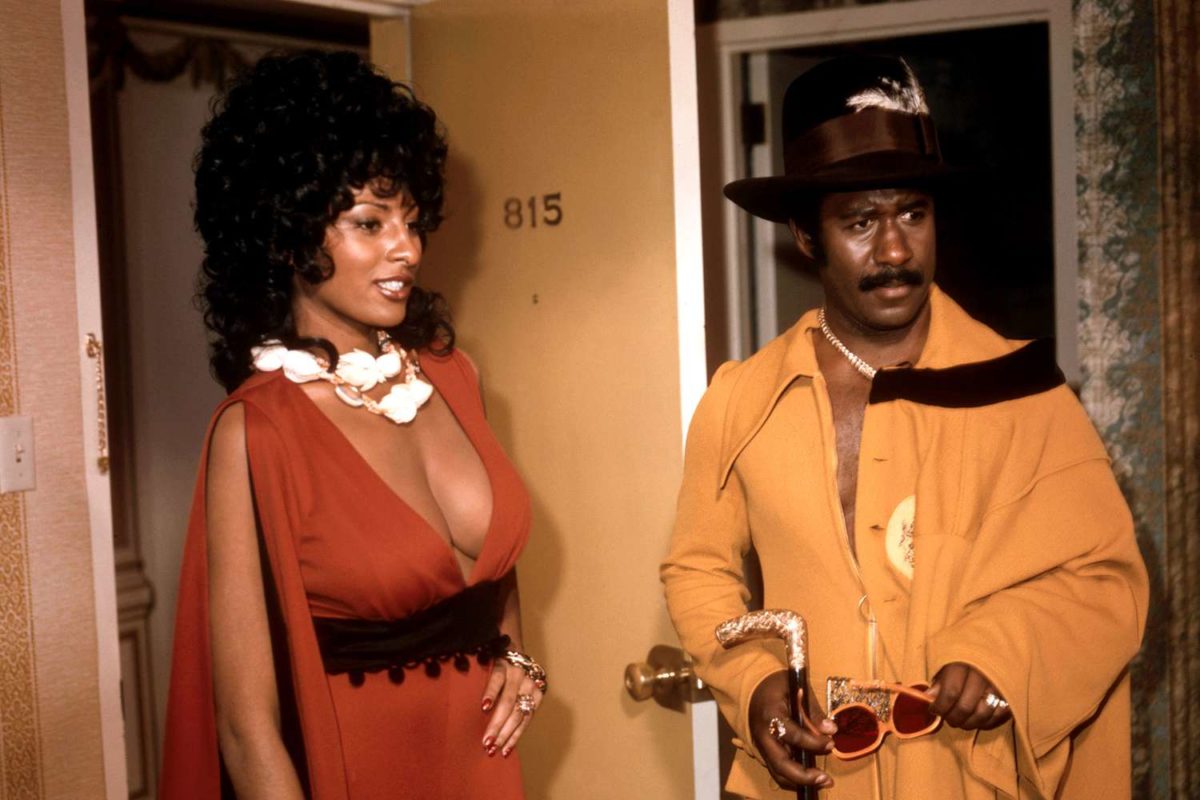
It’s easy to see the Blaxploitation era as wild and fun, but there’s much more to it than that. As Odie Henderson explains in his tremendous Black Caesars and Foxy Cleopatras: A History of Blaxploitation Cinema, the earliest practitioners were “independent moviemakers, the Black folks who did it for themselves when Hollywood wouldn’t let them work in the old studio system. They set the groundwork as the originators of proving that there was a market for Black movies.” Henderson’s book does not skimp on the joy, but it also demonstrates how films like The Spook Who Sat by the Door upset the government and stars like Pam Grier attempted to use their star power to take control of their careers––often suffering for those attempts. Henderson shares that in 1975, Grier told reporters about a film she hoped would allow her to “‘cross over’––that is, to make a movie that appealed to Black and white audiences alike.” She battled with the roller derby story’s (white) producers. “‘They want to aim for the black audience. I want to aim for both.’” As a result, the film “never got made. Yet another movie worth pausing for a moment to mourn.”
1,000 Movies by Sean Price Williams (Metrograph Editions)
Acclaimed cinematographer (for films like Good Time and Tesla) Sean Price Williams made his directorial debut recently with The Sweet East. In addition to drawing raves for the Talia Ryder-starrer, he has also earned press for 1,000 Movies. The book was compiled from Williams’ personal list of 1,000 movies; as explained by Metrograph Editions, this is “not necessarily an objective top 1,000 of all time, but a personal list from which Williams draws inspiration. First put together in 2005 upon his discharge from the storied Kim’s Video store, the selection has since changed consistently while garnering a cult following among cinephiles and casual film watchers alike.” There are some wonderfully offbeat selections, including Robert Altman’s Beyond Therapy and Leos Carax’s Merde sequence from TOKYO! If interested in picking up the book, act fast––a reprint of just 1,000 copies is available now.
Quick hits
Let’s take a brief run through some new and recent releases you should know about, starting with four hardcover entries from publisher Titan Books.
First is Tony Lee Moral’s Alfred Hitchcock Storyboards, a book with vital historical significance. You may have read Jordan Raup’s recent interview with author Tony Lee Moral. The book features storyboards that were created for for nine Hitchcock films––Vertigo, The Birds, Psycho, North by Northwest, The 39 Steps, Torn Curtain, Marnie, Shadow of a Doubt, and Spellbound––delving into how they were created and led to some of the most iconic scenes in movie history.
Conan the Barbarian: The Official Story of the Film by John Walsh covers John Milius’ vivid adaptation of Robert E. Howard’s fantasy hero. There are plenty of dishy Arnold Schwarzenegger stories here, such as how the film’s snake expert “poured two dozen snakes into a pool for Schwarzenegger to get accustomed to them. Schwarzenegger was nervous, but fellow cast member James Earl Jones already had some experience with snakes from his days as a ranger soldier.”
Star Trek II: The Wrath of Khan — The Making of the Classic Film by John Tenuto and Maria Jose Tenuto is a behind-the-scenes look at how the greatest Star Trek was conceived and made. Following the so-so response to Star Trek: The Motion Picture, the authors write, it pretty much had to be a killer film: “Deserved or not, the general feeling at the studio was that the first Star Trek movie had been a successful failure.” Thankfully, Wrath had a seasoned director (Nicholas Meyer), a surprisingly emotional story, and the indelible character of Khan, played with evil relish by Ricardo Montalban.
Lastly, and perhaps most enticing, is Toby Benjamin’s Withnail and I: From Cult to Classic. Bruce Robinson’s tale of two young actors’ misadventures in 1960s Britain is simply among the finest comedies ever made. Yet, as Benjamin shows, the film was not a hit initially. As star Richard E. Grant tells the author, his first reaction to seeing the film was: “Brutal. Offered Bruce my salary back and apologized for ruining his film. Felt I had utterly failed.” Today? It has become, Benjamin says, “a kind of cinematic rite de passage.”
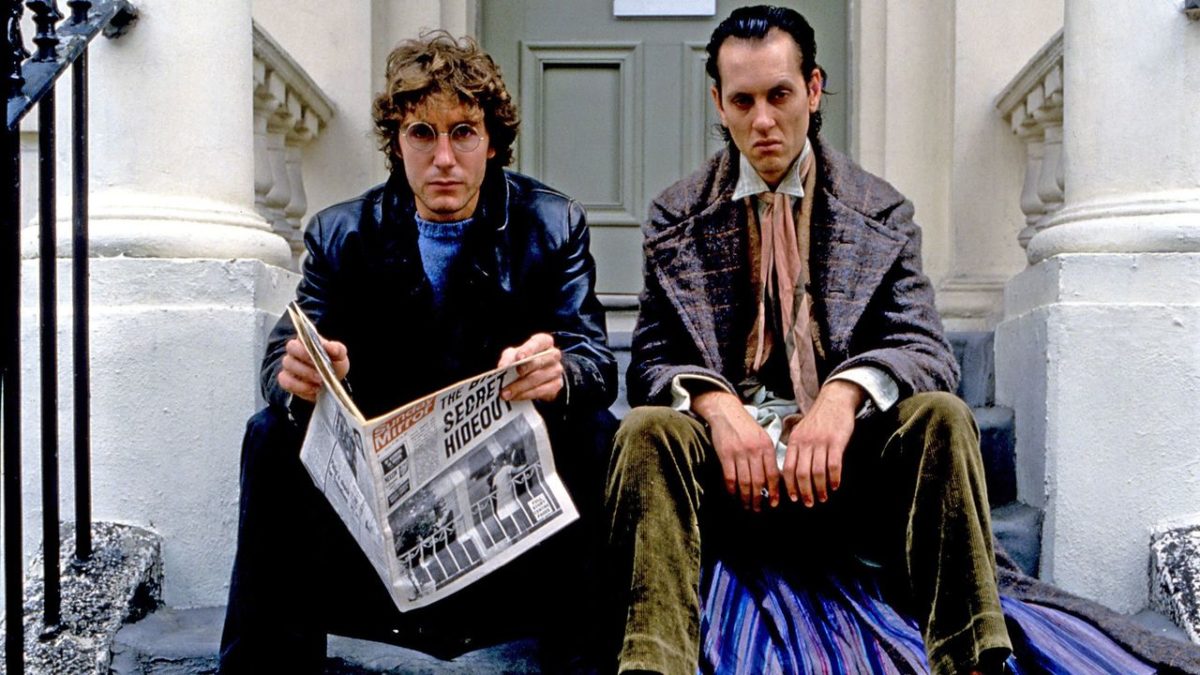
Lucas Hilderbrand’s The Bars Are Ours: Histories and Cultures of Gay Bars in America, 1960 and After (Duke University Press Books) is an exhaustively researched, engrossing look at the history and importance of gay bars in the United States. As one might expect, cinema does figure into the text. Hilderbrand shares that William Friedkin’s incendiary Cruising recreated New York’s Mineshaft for the film, though exteriors featured the actual club. While the production famously drew scores of protestors, the club’s owner “did not object to the film itself,” Hilderbrand writes. “When the Mineshaft started screening films inside, Cruising was the first.”
The reimagining of Mean Girls was one of early 2024’s few box-office bright spots, and it offered some modest enjoyment. It also reminded audiences of the sharpness of the 2004 original written by Tina Fey. So Fetch: The Making of Mean Girls (and Why We’re Still So Obsessed with It) (Dey Street Books) is as wildly entertaining as the film it covers. Jennifer Keishin Armstrong, author of the similarly droll Seinfeldia, writes as both a fan and a pop-culture observer keen to understand why Mean Girls continues resonating. One key reason? “Facebook/Tumblr/Twitter/BuzzFeed feedback loop. As social media’s prevalence grew in the years after Mean Girls’ release, so too did the film’s presence in culture.”
Some day in the near-future we will learn the identity of the next James Bond; when this occurs the discourse will be even more feverish than it was when Daniel Craig nabbed the job. Before then, I recommend reading James Bond Will Return: Critical Perspectives on the 007 Film Franchise edited by Claire Hines, Terence McSweeney, and Stuart Joy (Wallflower Press). In it, various authors analyze each entry in the canon with keen insight. One of my faves is “The Digital Domain of Die Another Day,” in which author Christopher Holliday considers the “curious position” of the final Pierce Brosnan entry in the Bond franchise. In particular, Holliday studies the film’s “shift toward CGI” and how it impacted retroactive views of the 2002 release. Another eye-opening take comes from Stephanie Jones, who explores safe-sex references in the U.K. press reception of 1987’s The Living Daylights.
Finally, DK recently released two Star Wars guide books covering two distinct eras: Pablo Hidalgo’s Star Wars Dawn of Rebellion The Visual Guide by Pablo Hidalgo and Star Wars The High Republic Character Encyclopedia by Amy Richau and Megan Crouse. The former covers post-Revenge of the Sith years, which allows for coverage of the characters, planets, and vehicles from live-action series like Andor and Obi-Wan Kenobi, animated series such as The Bad Batch, and big-screen smash Rogue One. Even Jedi Survivor is represented. Meanwhile, The High Republic Character Encyclopedia highlights more than 275 characters featured in the novels and stories focusing on the High Republic era. My favorite? A seemingly youthful Yaddle sporting flowing, Ziggy Stardust-like locks.
New music books
The most readable book I’ve come across in the last few months features the unmistakable silhouette of Robert Smith on its cover. Yes, Curepedia: An A-Z of The Cure by Simon Price (Dey Street Books) is an utter delight for even minor fans of the Cure. It runs through every album, every noteworthy song, every key event, and lots more. Price’s text is often downright hilarious and sends the reader racing to listen to Disintegration once again (and again, and again).
Jeff Apter’s Don’t Dream It’s Over: The Remarkable Life Of Neil Finn tells the story of a more cheerful musical icon, the Crowded House and Split Enz leader. Along the way Finn musically connects with everyone from Eddie Vedder and Johnny Marr to Jeff Tweedy and a Radiohead twosome (Ed O’Brien and Phil Selway). He even, before book’s end, joins Fleetwood Mac.
More band-hopping––and a lot more drama––can be found in Peter Doggett’s CSNY: Crosby, Stills, Nash and Young (Atria Books). There is much humor here, some of it direct from the surly foursome; “It’s been a hassle from the beginning,” opines Stephen Stills. Speaking of drama, The Story of The Bee Gees: Children of the World by Saint Etienne co-founder Bob Stanley (Pegasus Books) chronicles the genius, tragedies, and triumphs of the brothers’ Gibb. Stanley’s writing style is unique and profound; he understands that days of the Bee Gees and the disco movement being seen as a joke are no more. “The last Gibb standing has become a lonely figure,” Stanley writes of Barry Gibb, “and the pop world has been thoroughly sympathetic.”
Britpop has been my favorite musical genre (this is not necessarily a good thing) since my teenage years, and Pulp’s Jarvis Cocker is certainly part of the Mount Rushmore of Britpoppers. If Different Class was the musical movement’s outsider party album, follow-up This Is Hardcore was its comedown. The album, then, is perfect fodder for Bloomsbury Academic’s 33 ⅓ series. In Pulp’s This Is Hardcore (33 1/3), author Jane Savidge writes with insight and great humor; you will never look at Jarvis vs. Jacko the same again. And you will also emerge with even greater respect for Pulp’s 1998 knockout. Hardcore, Savidge believes, captures “that feeling you get on Sunday when you’ve spent all Saturday night taking cocaine and ecstasy, so when it actually gets to Sunday, you’ve got nothing left to give, it’s like you’ve already lived through Sunday.”
Lastly, let us never doubt that there is more to say about the Fab Four. Allan Kozinn and Adrian Sinclair’s The McCartney Legacy: Volume 1: 1969–73 (Dey Street Books) takes a novel approach to Paul McCartney’s first four years of solo work. The authors follow every step of that journey, from recording sessions to gigs to Mick Jagger’s wedding. Much is unearthed, not least of which is the fascinating tale of writing a song on the spot during a night of hanging out with Dustin Hoffman. I can’t wait for volume two, and however many come after.
New to Blu-ray and 4K
Steven Spielberg’s flawed but undeniably powerful adaptation of Alice Walker’s The Color Purple (Warner Home Entertainment) is finally available on 4K, and this new edition includes several features touching on the complexities of adapting Walker’s book. It may not be a perfect film, but it is certainly one worthy of deep contemplation, and that makes Purple on 4K a major release. Also new from Warner Home Entertainment is Wonka, a 2023 hit that, for my family, proved rather delightful. Timothée Chalamet does a fine job bringing Roald Dahl’s Willy Wonka to life as a young man, and Paddington director Paul King directs with his usual charm.
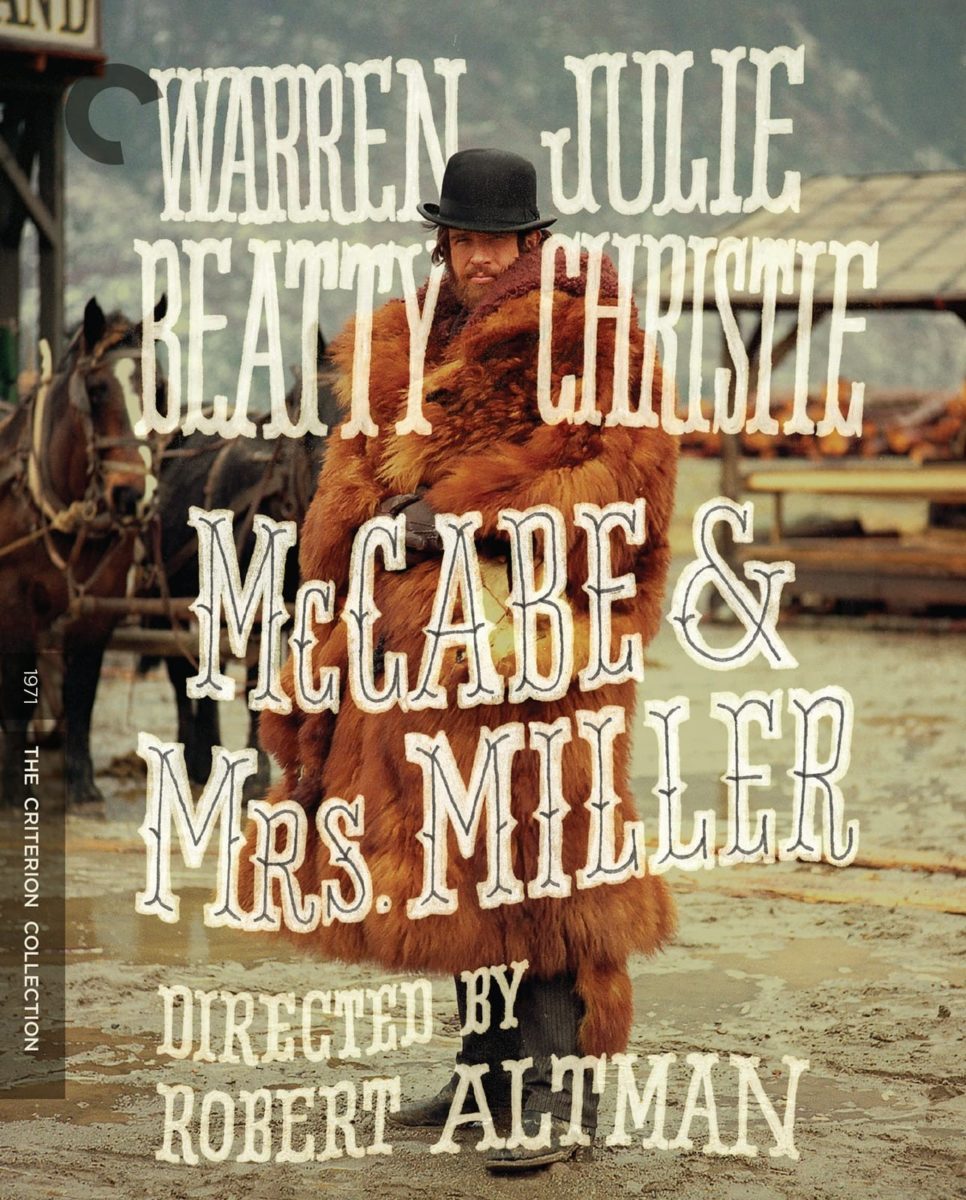
Two recent and one upcoming release from the Criterion Collection qualify as must-owns. The first, Danny Boyle’s Trainspotting, was one of the most eagerly awaited Criterion releases in some time. The “brand guidelines” packaging is wondrous, as are the features––including memories of the soundtrack from the likes of Pulp’s Jarvis Cocker and Primal Scream’s Bobby Gillespie and two making-of docs. Plus, the booklet includes an essay from author Irvine Welsh and the glossary of Welsh terms that originally appeared in the novel. Robert Altman’s McCabe & Mrs. Miller has never looked better than it does on 4K. The features from earlier editions (among them novelist Nathaniel Rich’s essay) are also included. And Gus Van Sant’s To Die For (available on March 26), is a welcome addition to the collection. This story of obsession, celebrity, and murder features deft performances from a young Joaquin Phoenix, director David Cronenberg (in an unforgettable cameo), and, of course, Nicole Kidman. “Kidman tore into To Die For,” writes the critic Jessica Kiang. “Yet watch To Die For again and the surprise is that Kidman is also kind of heartbreaking.” She would win an Oscar years later, but Kidman was never better than she was as TV weather reporter Suzanne Stone.
Bringing us to a close are two essential releases from Kino Lorber. Stanley Kubrick’s strange, haunting first feature, Fear and Desire, is now available on 4K and––in major news––has been restored to its original 70-minute length. The release also features two commentaries and three Kubrick shorts. And while Godard Cinema is a well-made documentary about the late Jean-Luc Godard, the real news here is the inclusion of what is set to be his final film, Trailer of a Film That Will Never Exist: Phony Wars. It might be the most significant 20-minute creation of the decade.
